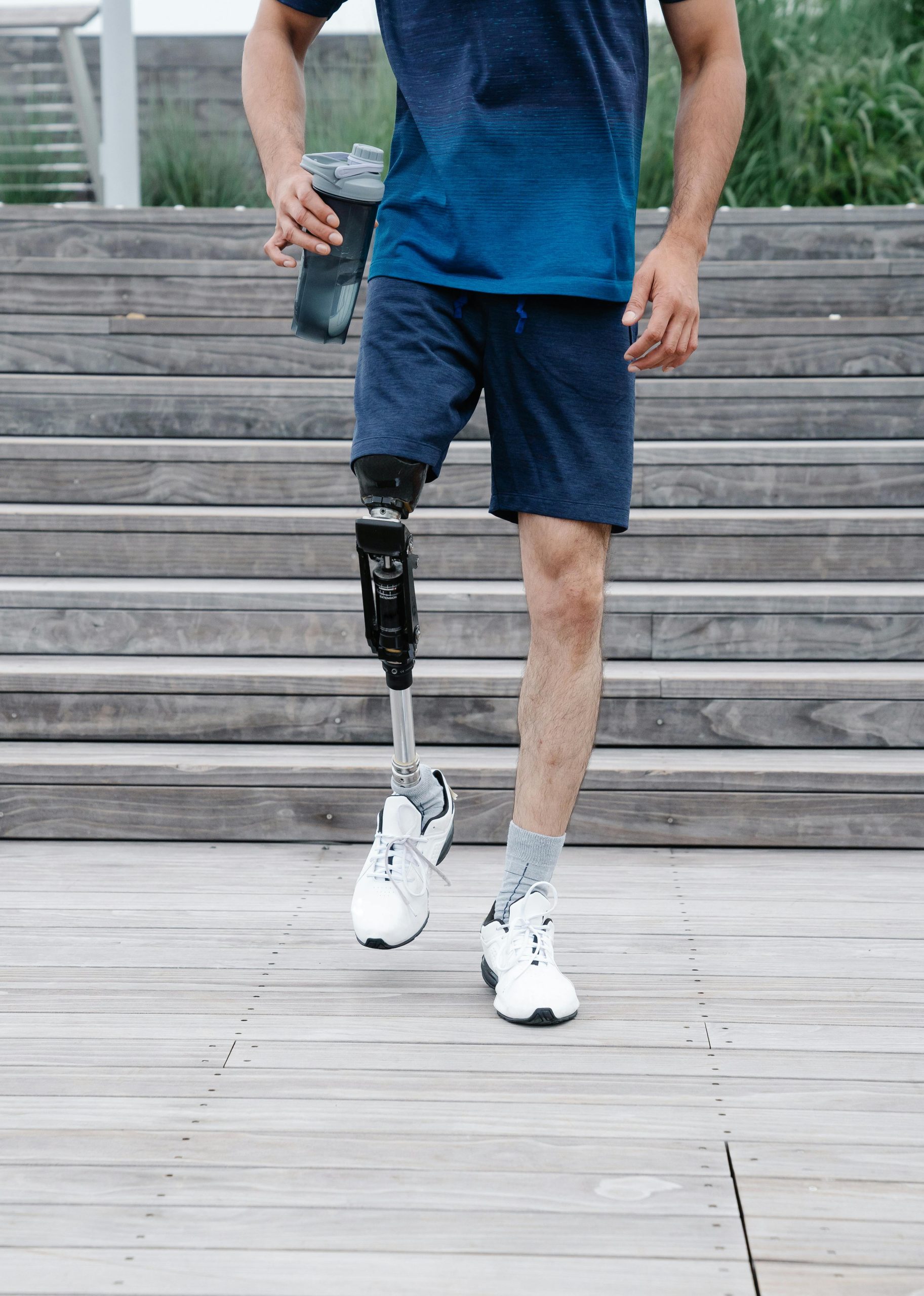Recovery days are often overlooked in fitness routines, yet they play a crucial role in achieving long-term success. Whether you’re a seasoned athlete or just starting your fitness journey, optimizing recovery days can enhance performance, prevent injuries, and accelerate progress. Many people assume that more training equals better results, but the truth is that rest and recovery are just as important as the workouts themselves. This guide will explore expert-backed strategies to maximize recovery days and ensure your body gets the rest it needs to thrive.
Why Recovery Days Are Essential for Progress
Recovery days are not just about taking a break—they are an active part of your fitness plan. When you exercise, especially with high intensity, you create microscopic tears in your muscle fibers. Recovery allows these fibers to repair, leading to muscle growth and increased strength. Without proper rest, your body remains in a constant state of stress, which can lead to overtraining, fatigue, and even injury.
Additionally, recovery days help replenish energy stores, reduce inflammation, and improve mental focus. Skipping them can result in plateaus, burnout, and diminished motivation. By prioritizing recovery, you set the foundation for consistent progress and long-term health.
Active Recovery vs. Passive Recovery
Not all recovery days are the same. Understanding the difference between active and passive recovery can help you choose the best approach for your needs.
Active Recovery
Active recovery involves low-intensity movement that promotes blood flow without straining your muscles. Examples include:
- Light walking or cycling
- Yoga or stretching
- Swimming or mobility exercises
Active recovery helps reduce muscle soreness and keeps your body in motion without overtaxing it.
Passive Recovery
Passive recovery, on the other hand, involves complete rest. This means no structured exercise—just relaxation. Passive recovery is ideal after particularly grueling workouts or when you’re feeling fatigued. Activities might include:
- Reading or meditating
- Taking a nap
- Enjoying a massage or foam rolling session
Both types of recovery have their place, and the best choice depends on your energy levels and workout intensity.
Nutrition and Hydration for Optimal Recovery
What you eat and drink on recovery days significantly impacts how well your body bounces back. Proper nutrition fuels repair and reduces inflammation.
Protein for Muscle Repair
Protein is essential for rebuilding muscle tissue. Aim for high-quality sources like lean meats, eggs, dairy, or plant-based options such as beans and tofu. A post-workout protein shake can also be beneficial.
Carbohydrates to Replenish Glycogen
Carbs restore glycogen levels, which are depleted during intense workouts. Opt for complex carbohydrates like whole grains, sweet potatoes, and fruits to sustain energy levels.
Hydration and Electrolytes
Dehydration can slow recovery, so drink plenty of water throughout the day. If you’ve had a sweaty workout, consider electrolyte-rich beverages or foods like bananas and coconut water to replenish lost minerals.
Sleep: The Ultimate Recovery Tool
Sleep is when your body does most of its repair work. Poor sleep can sabotage even the best recovery efforts. Here’s how to optimize your rest:
- Prioritize 7-9 hours of sleep: This is the sweet spot for most adults to support muscle recovery and cognitive function.
- Create a sleep-friendly environment: Keep your bedroom cool, dark, and quiet. Avoid screens before bed to improve sleep quality.
- Stick to a consistent schedule: Going to bed and waking up at the same time each day regulates your body’s internal clock.
If you struggle with sleep, consider relaxation techniques like deep breathing or meditation to wind down.
Incorporating Mobility and Flexibility Work
Recovery days are an excellent opportunity to focus on mobility and flexibility, which are often neglected in regular workouts. Improved flexibility enhances range of motion, reduces stiffness, and prevents injuries.
- Dynamic stretching: Gentle movements like leg swings or arm circles prepare your muscles for activity.
- Static stretching: Hold stretches for 20-30 seconds to improve flexibility. Focus on tight areas like hamstrings, hips, and shoulders.
- Foam rolling: This self-myofascial release technique helps break up knots and improve blood flow to sore muscles.
Dedicating just 10-15 minutes to mobility work on recovery days can make a significant difference in how you feel and perform.
Listening to Your Body
No two people recover at the same rate, so it’s essential to tune into your body’s signals. Some days, you might feel energized and benefit from active recovery, while other times, complete rest is necessary. Pay attention to signs like:
- Persistent muscle soreness
- Fatigue or lack of motivation
- Decreased performance in workouts
Ignoring these signals can lead to overtraining. Adjust your recovery plan based on how you feel rather than sticking rigidly to a schedule.
Recovery days are a powerful tool in any fitness routine, helping you come back stronger and more energized. By incorporating active and passive recovery strategies, optimizing nutrition and sleep, and focusing on mobility, you can maximize the benefits of your rest days. Remember, recovery isn’t a sign of weakness—it’s a smart strategy for long-term success. Listen to your body, prioritize rest, and watch your performance soar.
